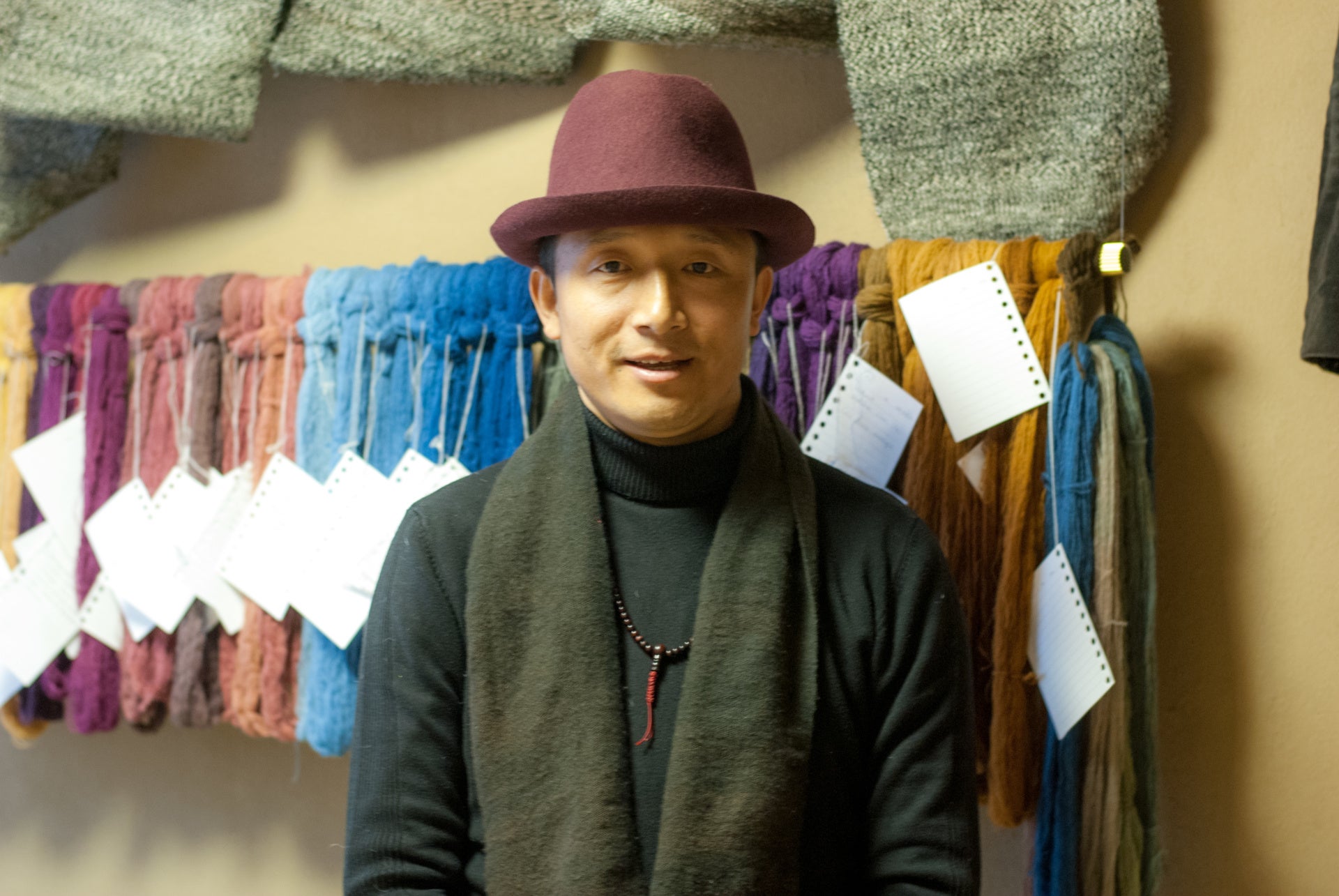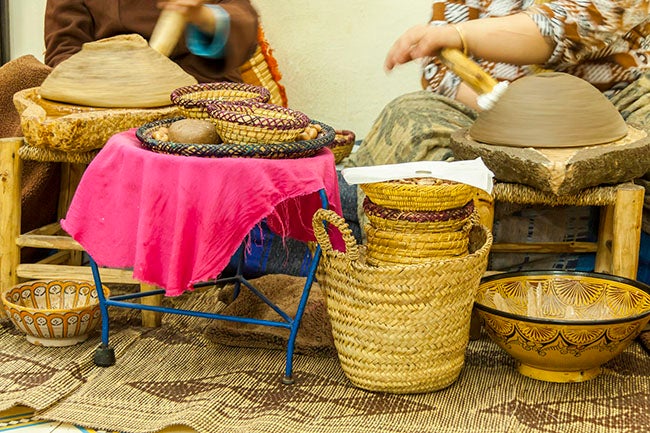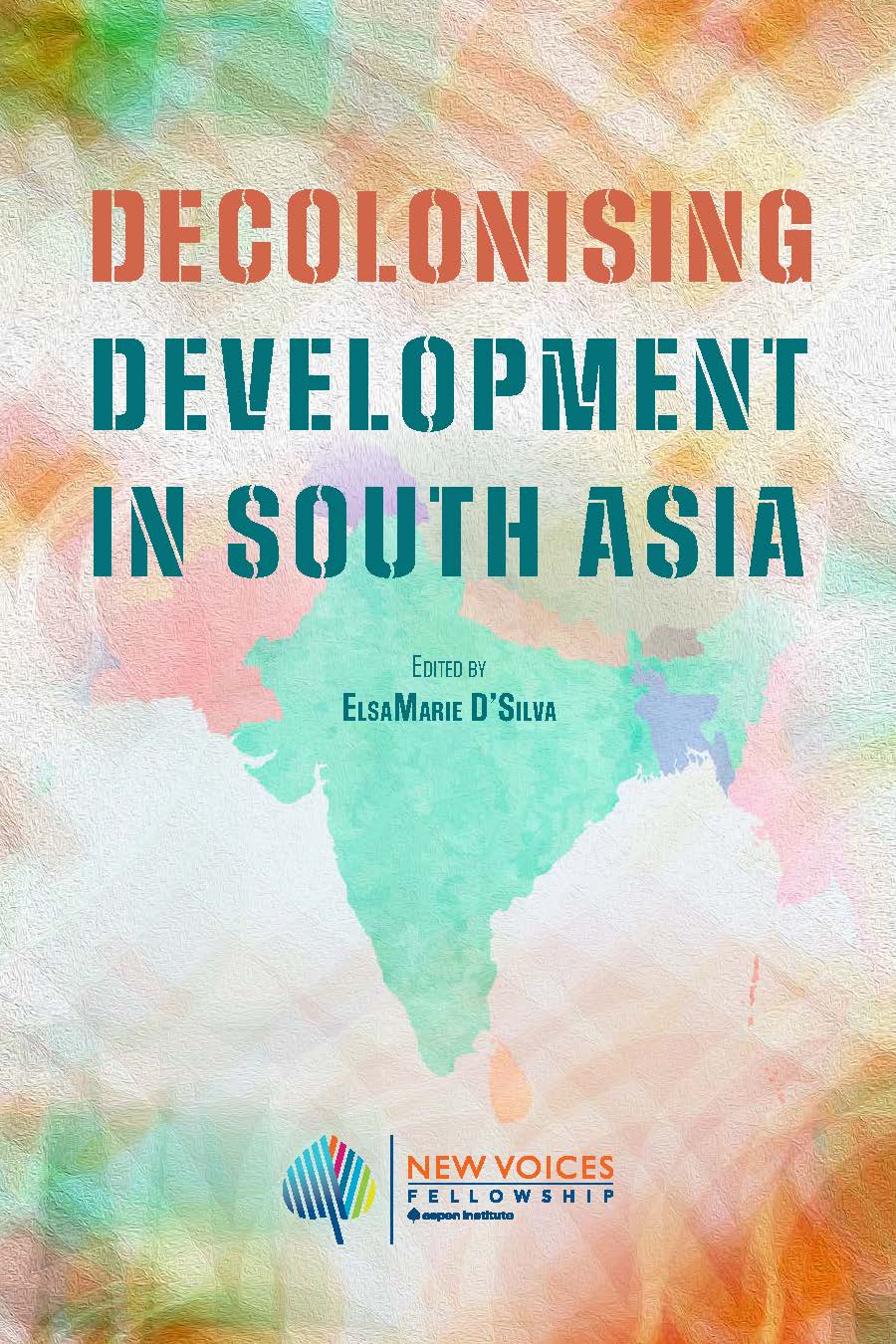On February 7, the Aspen Institute and Clinton Foundation hosted a forum on innovative financing in the creative sector ahead of a day-long Artisan Alliance summit on the value of the creative economy globally.
What is the creative economy? It includes all the cultural and creative industries, including arts, crafts, design, fashion, food, music, theatre, and technology. The sole purpose of these industries is to produce or promote goods, services, and activities of a cultural, artistic, and heritage-related nature.
Artisans are a core component of the creative economy, both in the US and abroad. The Aspen Institute and the Clinton Foundation are committed to supporting artisan and other creative entrepreneurs, and are part of a growing coalition of cross-sector partners strengthening artisan businesses. The emerging coalition draws lessons from what we’ve learned from our international programs – including the Clinton Foundation’s ongoing work to help farmers in East Africa and the Artisan Alliance’s Kiva loan program, which provides loans to artisan entrepreneurs with no access to traditional financing – to further support artisan businesses, which provide viable incomes to hundreds of thousands of individuals across the globe, particularly in developing countries and rural communities.
As we work to expand economic opportunity for artisans and creative entrepreneurs, below are three big ideas we learned from our partners at the February events.
There is a case for investing in the creative economy
Artisans, farmers, and small business owners are an integral part of all communities, whether in the rural US or a huge international city. The artisan sector is a key driver of economic growth, job creation, and cultural preservation. It is the second-largest employer in the developing world, behind only agriculture, generating incomes and providing important and unique skills development — particularly to women. Artisan businesses help expand opportunity by diversifying and stimulating local economic activity and creating new jobs that can help families and communities thrive.
Investing in the artisan sector is not charity – there’s incredible economic potential with even more opportunities to be realized. According to the United Nations Conference on Trade and Development, the global artisan market generates an estimated $34 billion a year, and the demand for handcrafted, authentic, and locally produced goods is growing. More and more individuals, foundations, businesses, and banks are seeing this artisan entrepreneurial space as an investable sector.
Get creative with financing
Despite the growing influence and impact of the artisan sector, access to capital remains one of the main barriers facing creative entrepreneurs.
There are many ways to help bridge this gap. On February 7, participants discussed the different mechanisms to deploy capital, including impact investing products, which generate both social impact and financial return for investors; or royalty arrangements, which can produce returns over time without compromising an artisan’s financial independence.
Participants spoke about the need to explore new models of financing that connect the dots between investors who are looking to generate strong financial returns and social impact. A strong example of this is a Clinton Global Initiative Commitment to Action the Aspen Institute launched with the US Department of State and Kiva in 2014. The project provides loans to underserved communities by working together with microfinance organizations and local community groups to conduct outreach to small business owners as well as elected officials to raise community awareness for small businesses to access much needed capital. To date, 28 entrepreneurs have accessed $237,550 in loan funds to help them grow their small-businesses, impacting upwards of 19,000 artisans and their families.
Shared challenges from the US and abroad
Whether it’s access to capital to finance and grow their businesses, or access to markets to sell their products – artisans both in the US and around the world face similar challenges.
DolmaKyap, a Tibetan artisan entrepreneur, founded Chamtsee, meaning “compassion,” to preserve Tibetan art and craftsmanship while employing local people displaced from their nomadic lifestyles. After partnering with the Artisan Alliance and receiving a Kiva loan, he’s been able to grow his business and pay it forward — connecting local craftsman with Chinese tourist markets and the international community.

Photo from Artisan Alliance
Brooklyn-based Refoundry trains formerly incarcerated people to repurpose discarded materials into home furnishings and mentors them into their own business and/or career path. The program is designed to build access and opportunity capacity for people from disadvantaged and under-sourced communities that facilitates social, economic, and civic inclusion.
Whether in Brooklyn or on the Tibetan plateau, artisans and other creative entrepreneurs share common barriers that can be solved for and addressed. By bringing together a coalition of global artisans and partners in the business, philanthropic and nonprofit community, the Clinton Foundation and Aspen Institute’s Artisan Alliance are working to give voice to those common challenges and build innovative solutions that draw from those diverse viewpoints.
Peggy Clark isVice President of Policy Programs, Executive Director of the Aspen Global Innovators Group, and Director of the Artisan Alliance at the Aspen Institute. Gregory Milne is Chief Metrics and Impact Officer at the Clinton Foundation.


